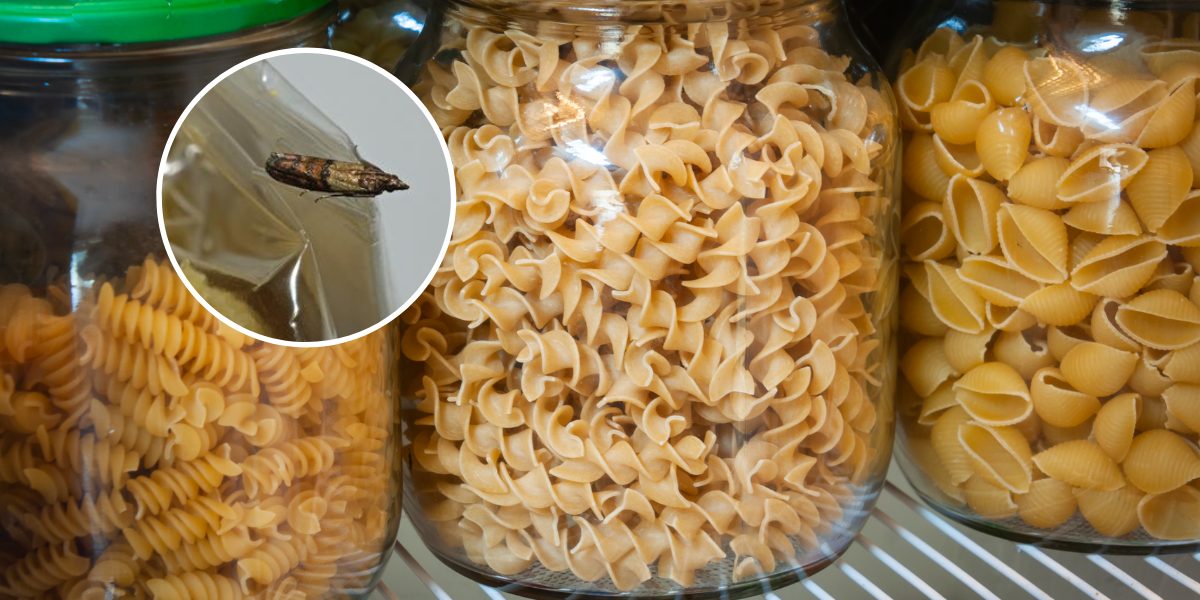Step-by-step Guide On How To Prevent & Eliminate Weevil Infestations In Your Home
Like any other pest, weevils are frustrating to deal with, especially since it's so difficult to avoid them if you have a lot of grains in your home. Still, experts say it is better to install preventative measures than to deal with weevil infestation. Read on for how to avoid weevil infestations and also eliminate them in the off chance that your kitchen is already infested.
;Resize,width=742;)
If you're dealing with weevil infestation despite ensuring optimum cleanliness around your kitchen, don't be too dismayed. Although weevils aren't necessarily dangerous to you or your pets, they are still some of the hardest pests to eliminate because they replicate rapidly.
Unfortunately, if you've started noticing a few weevils around your home or in your grains, you're already dealing with a full-blown infestation. Weevils don't become obvious to the naked eye until they are fully grown and unfortunately, by that time, they would have also spread their eggs and larvae about your home.

Weevils can fly into your home or come in through contaminated foods like rice, cereals, beans, grains, rice, seeds, and nuts that they feed on. In other words, a weevil infestation might be introduced through grains you've purchased and stored in your home.
Your food contains weevils if you:
- Spot tiny brown bugs in your dry goods or around the food containers.
- The packaging of the dry goods comes damaged or there's fine dust inside or outside of the food containers.
How To Prevent Weevil Infestations
- Buy dry goods in smaller quantities if possible, to prevent storing them for too long. Find sustainable ways to use up old food.
- Clean your pantry regularly and never leave spills to sit for too long.
- Regularly inspect your pantry and dry goods for any signs of weevils.
Note: Although a thorough inspection can help you avoid damaged packaging at the market, it won't always help you avoid weevil infestation as it's difficult to spot the eggs or bugs until they are fully grown.

How To Eliminate Weevils From Your Home
Weevils are harmless to you and may only be a problem if they are in large numbers and you're allergic to beetles. While getting rid of weevils isn’t hard, it requires patience as it can be time-consuming and tedious. Here’s what you need to do:
1. Discard infested food items immediately
If you notice any sign of weevil infestation in your dry goods, discard it immediately to avoid spread to other foods and parts of your home. Don't forget to also check nearby containers as well even if they haven’t been opened. Weevils can chew through cardboard and plastic, which means they can also get into unopened packages of food.

If you'd prefer to salvage the items, place the infested foods in your freezer or out in the sun for a few days to kill the bugs. However, this isn't advised if the infestation is too far gone and has reduced a larger fraction of the items to powder.
2. Get rid of excess food packaging like cardboard boxes if the food is in an airtight bag that hasn’t been contaminated. Weevils can hide in packaging and re-emerge later.
3. Deep clean your pantry
After removing the affected foods, you’ll need to give your pantry a thorough cleaning to prevent a recurrence.
- To begin, take everything out of the pantry and thoroughly vacuum the shelves, including the cracks and crevices where weevils may hide.
- Ensure that you discard the vacuum bag or dump the vacuum contents outside and clean and disinfect it before bringing it back in.
- Finally, wipe the shelves with hot soapy water or a disinfecting spray then wipe again with white vinegar, which is known to kill weevils.
4. Clean unaffected items
Seemingly unaffected containers around your pantry may harbour weevil eggs so it's essential that you clean them before returning them to the pantry.
5. Freeze the affected dry goods to completely obliterate the weevils
To prevent excess food wastage, place the affected grains or dry goods in your freezer for a minimum of four days to kill any larvae or eggs. However, ensure that the grains are kept in tightly sealed containers.
Good luck!
;Resize,width=767;)
;Resize,width=712;)


